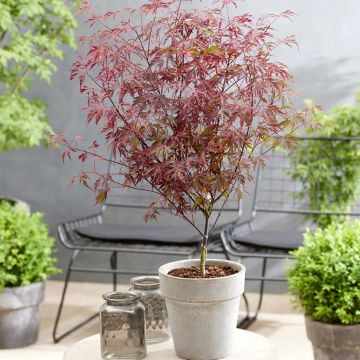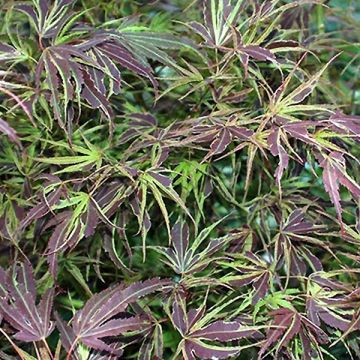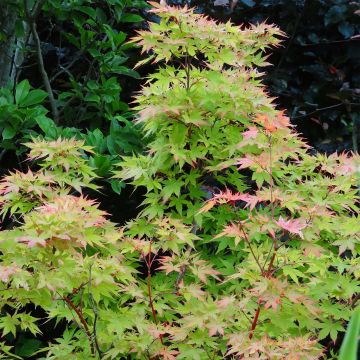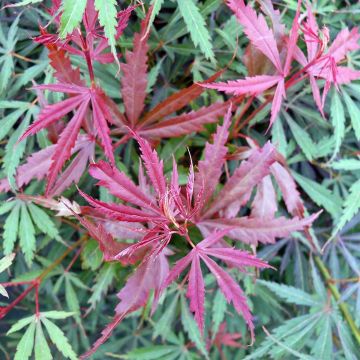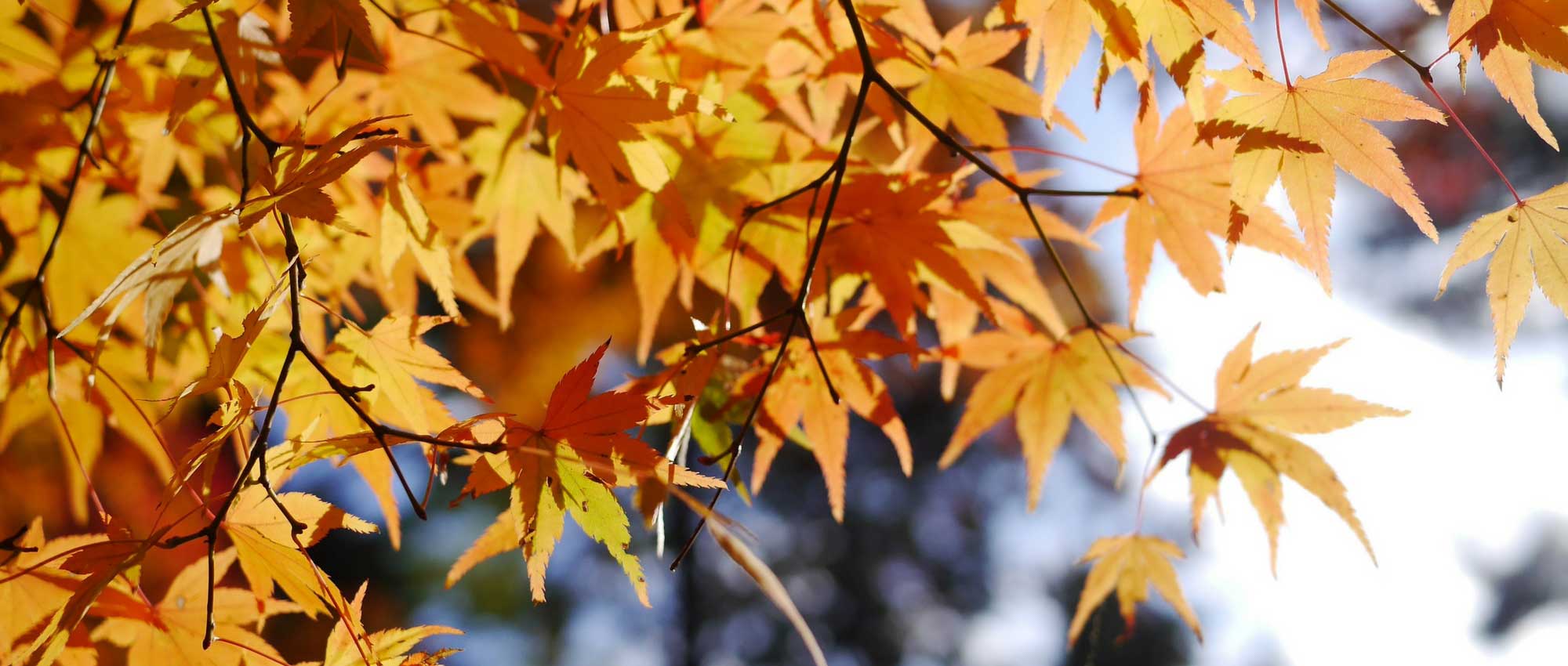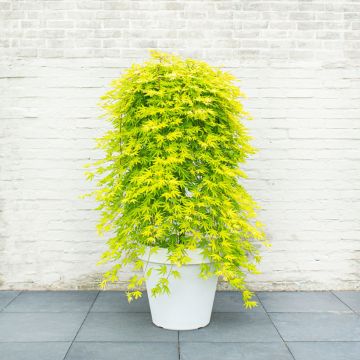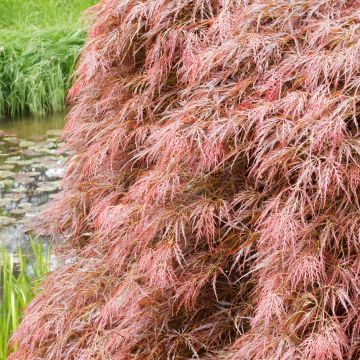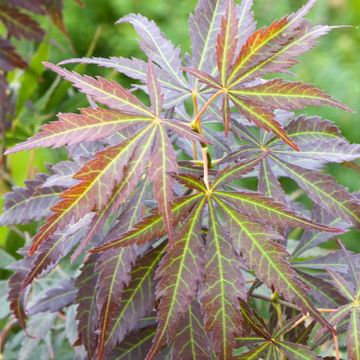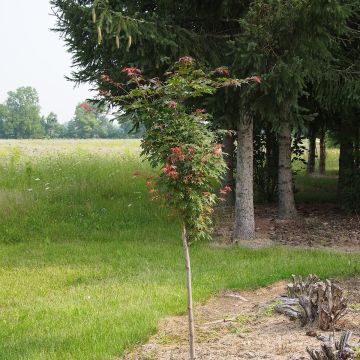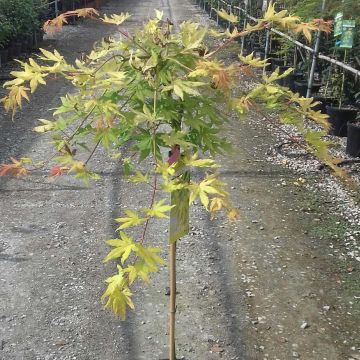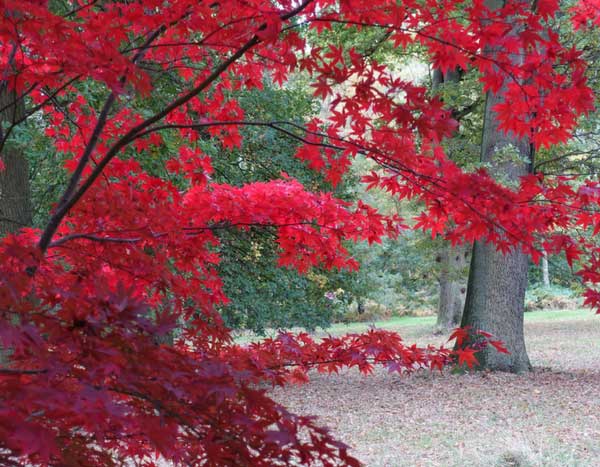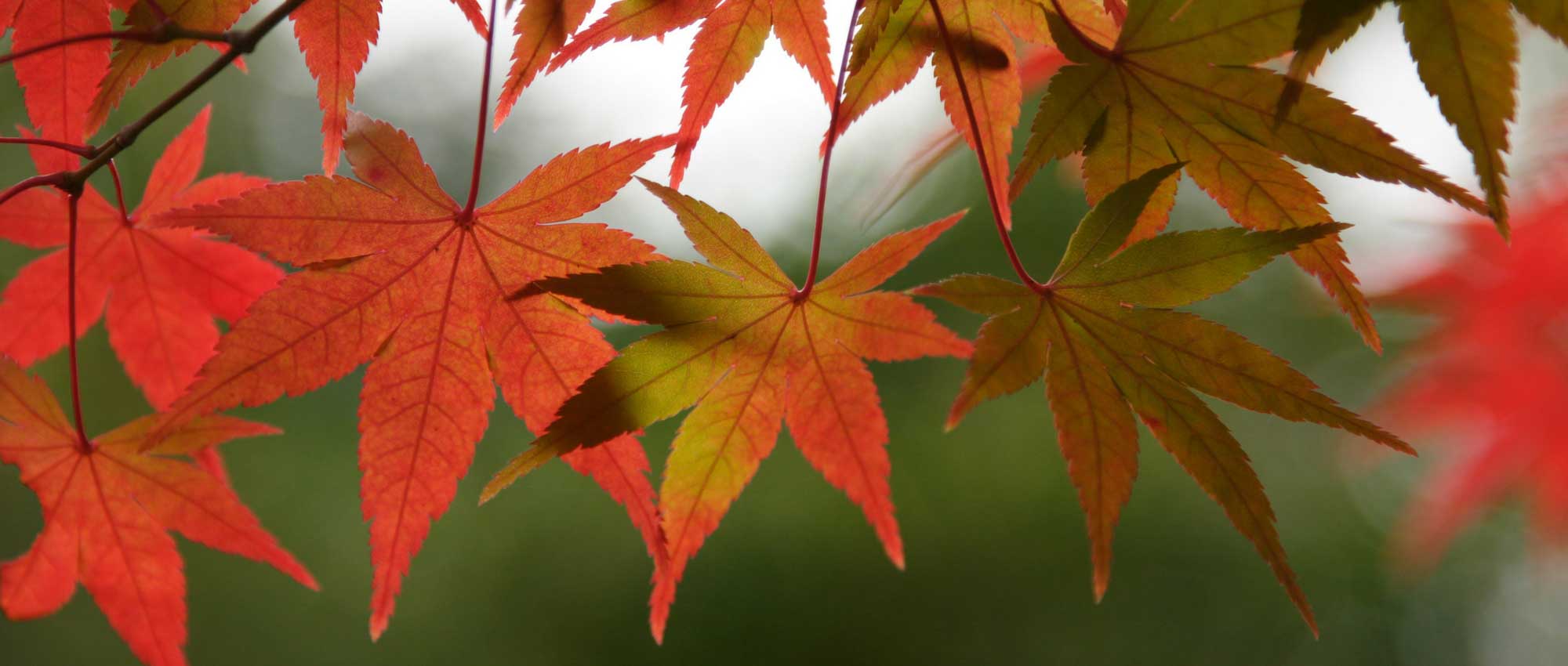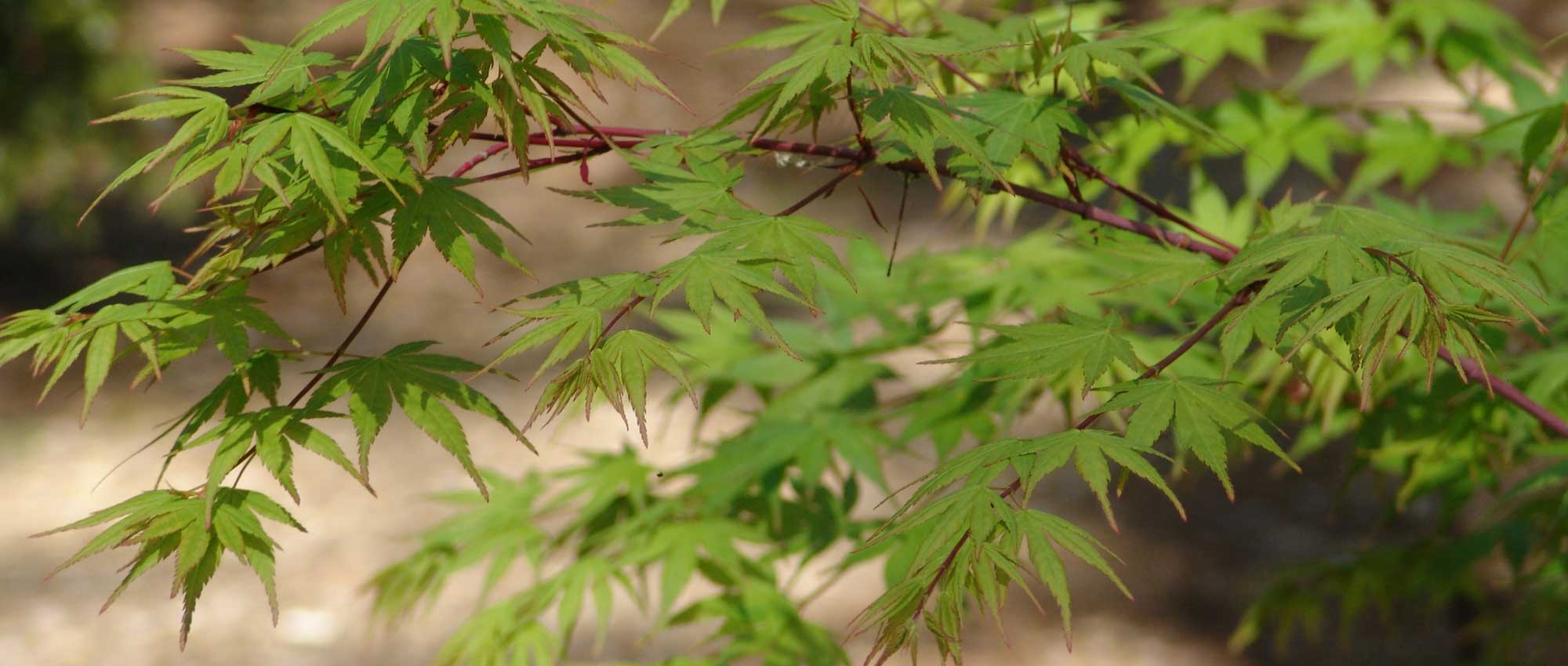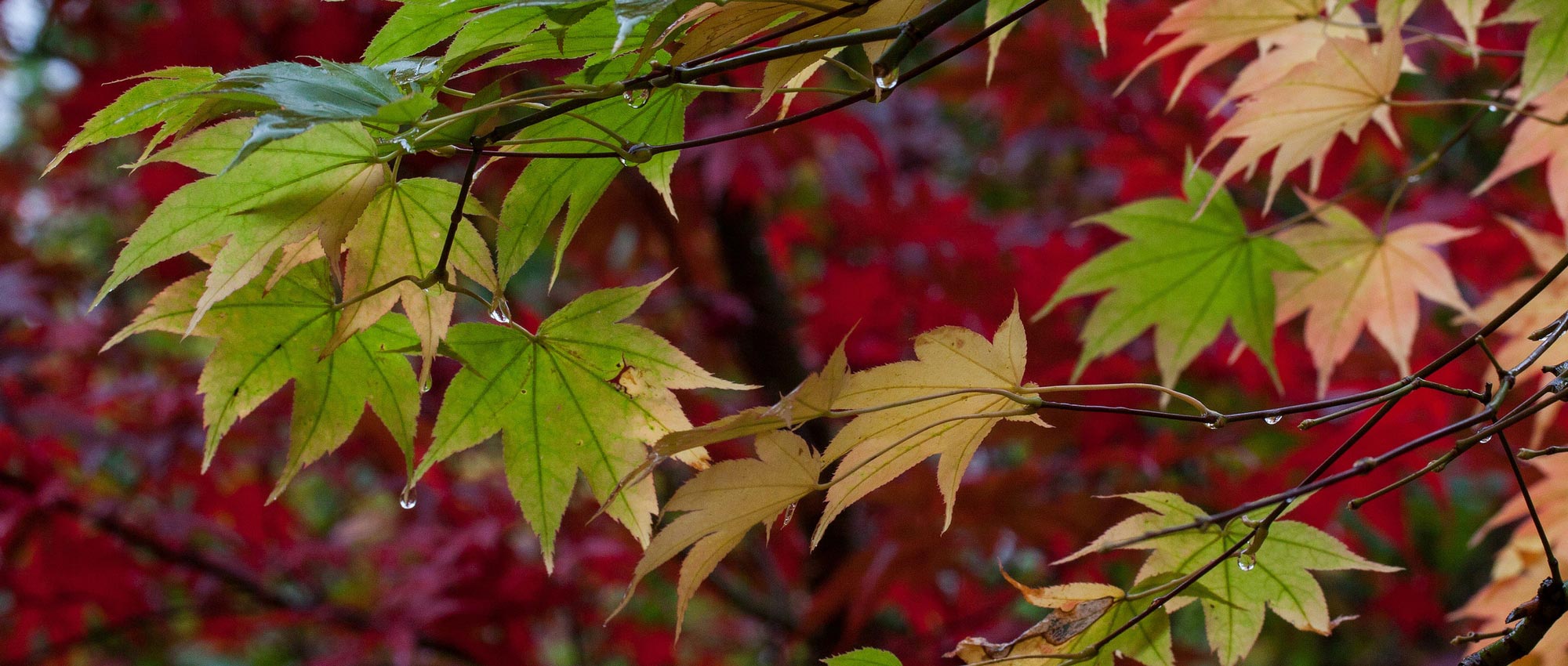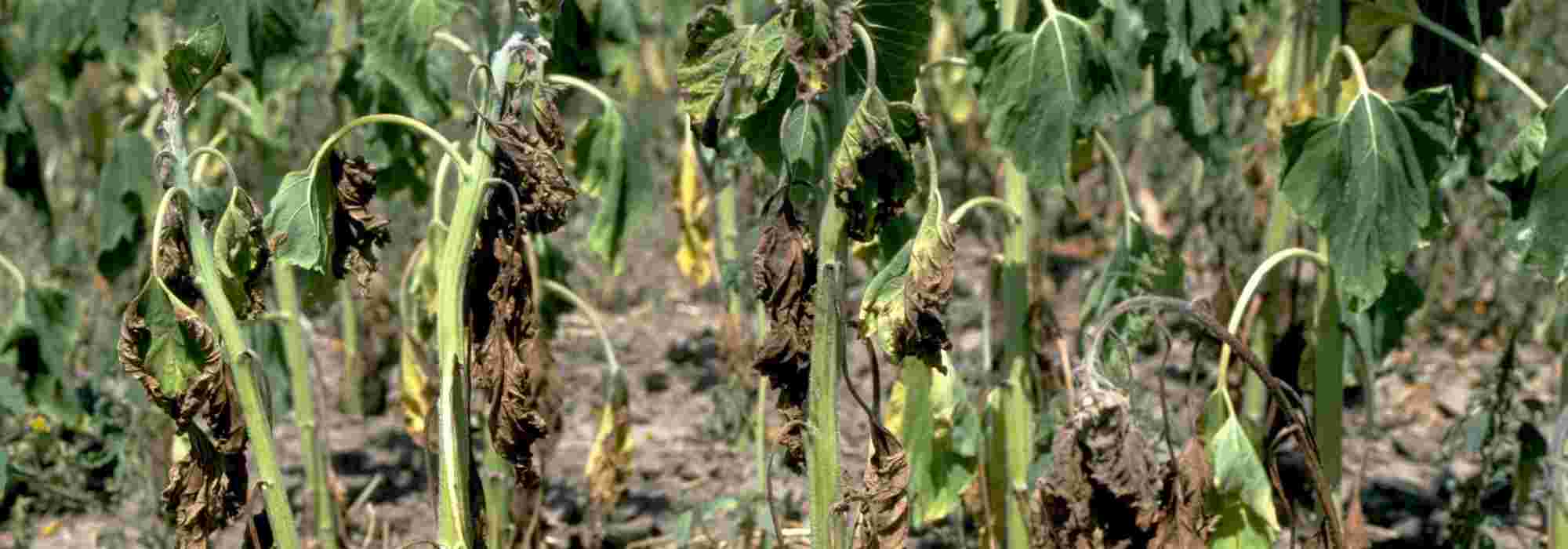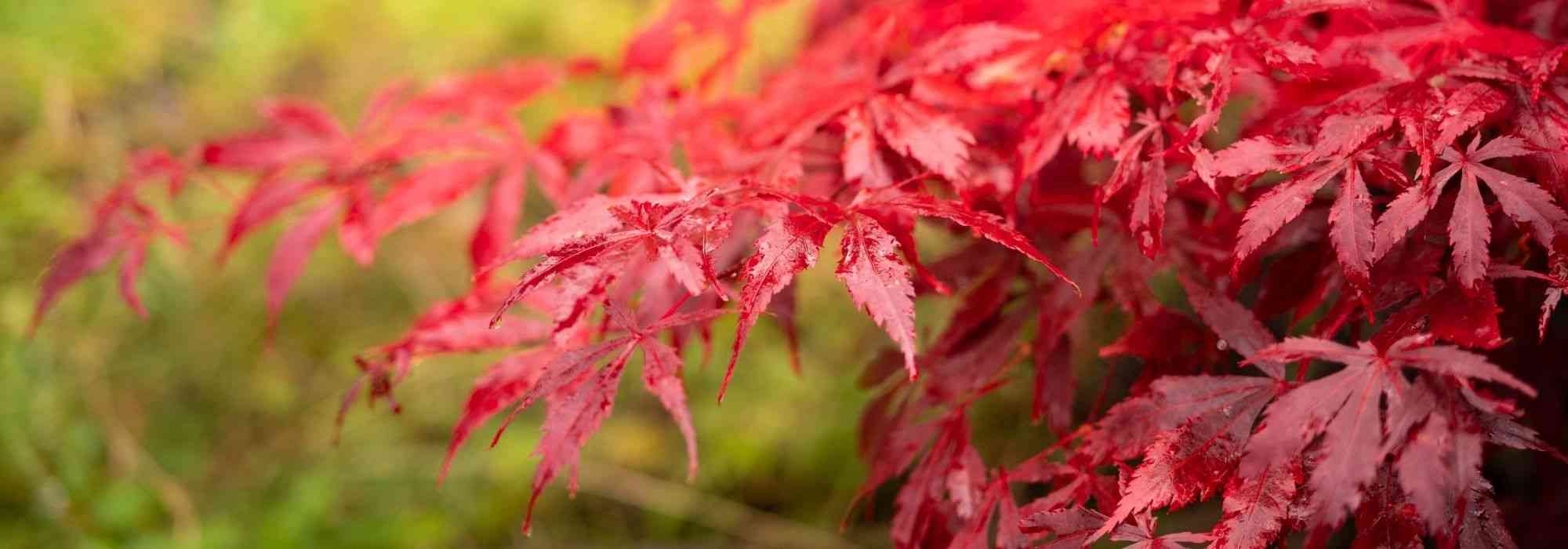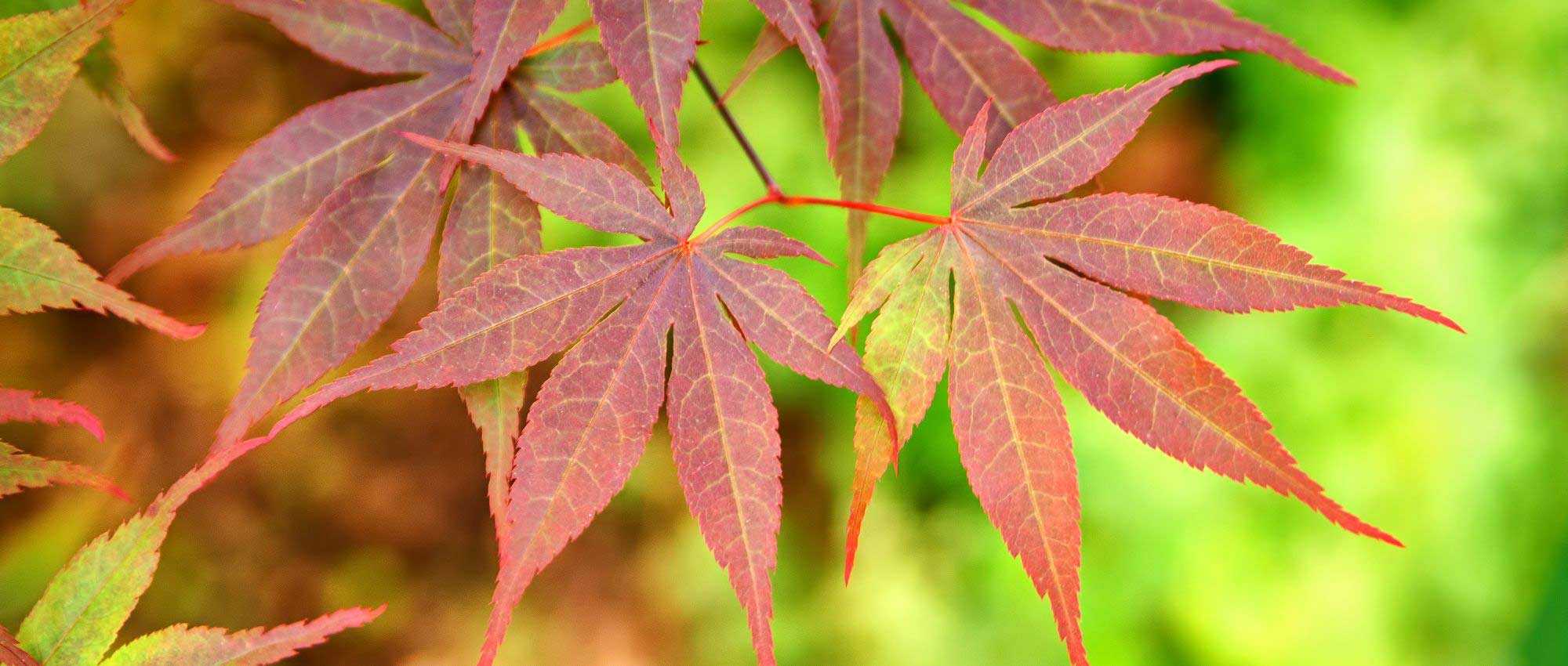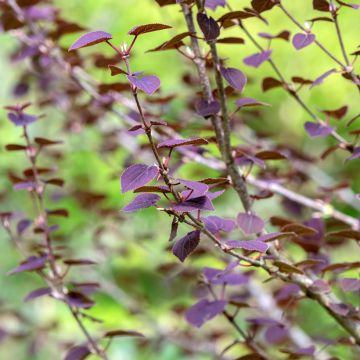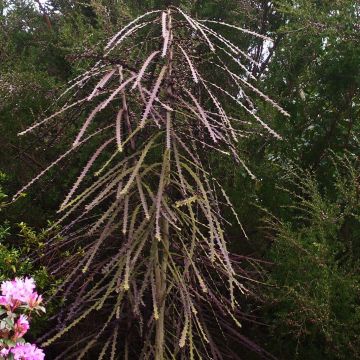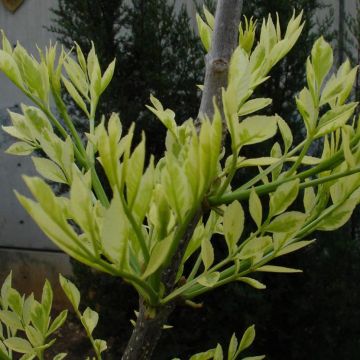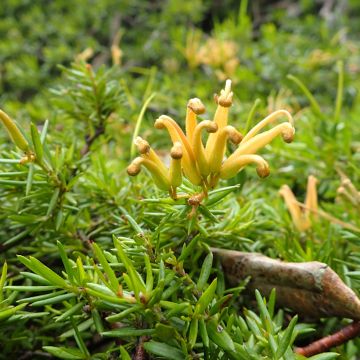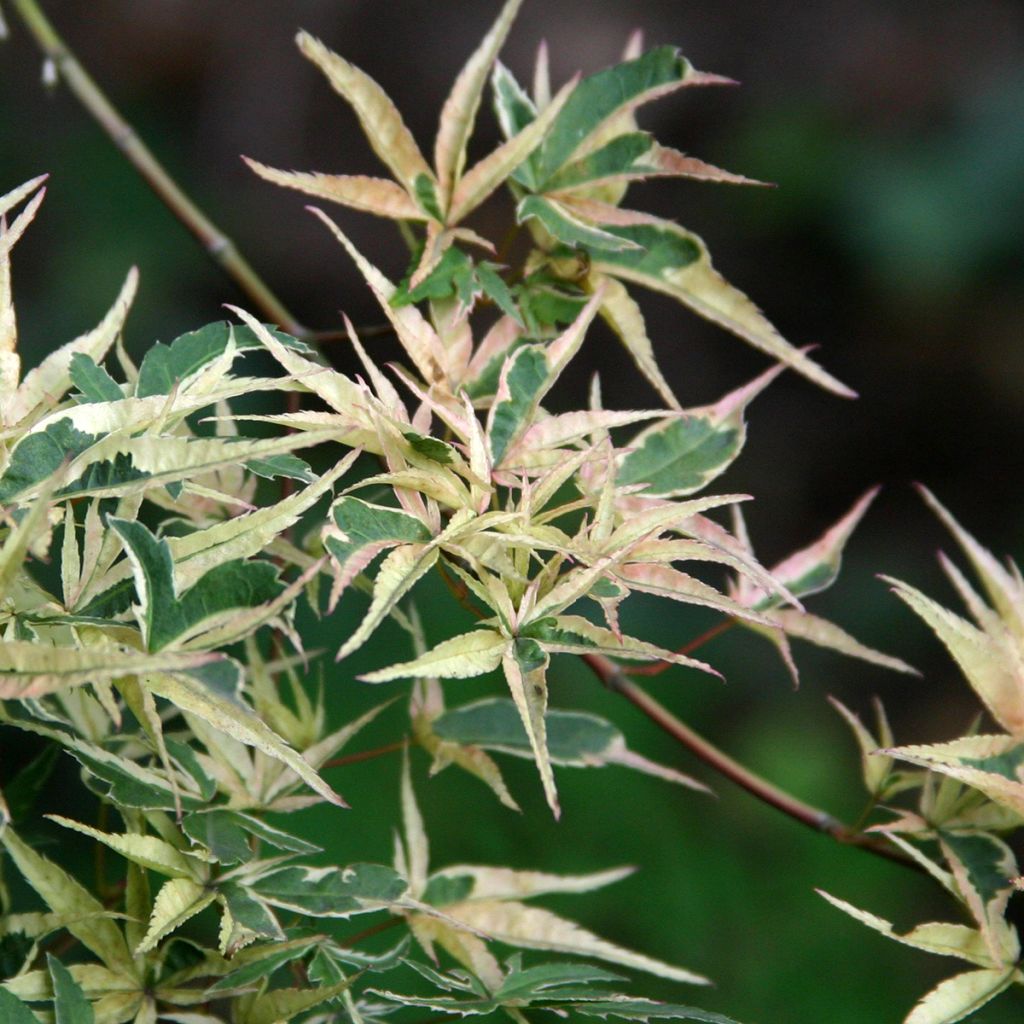

Acer palmatum Kagiri-nishiki - Japanese Maple
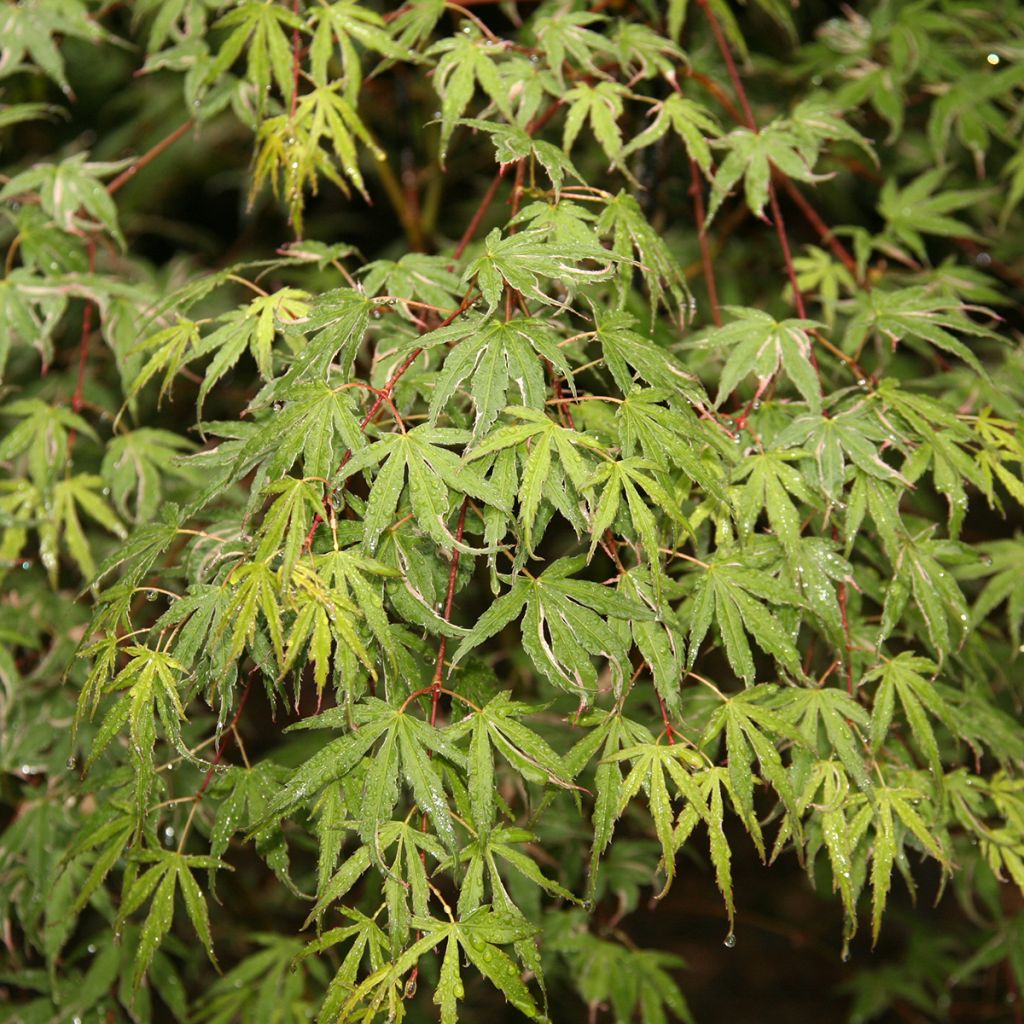

Acer palmatum Kagiri-nishiki - Japanese Maple
Acer palmatum Kagiri-nishiki - Japanese Maple
Acer palmatum Kagiri-nishiki
Japanese Maple, Palmate Maple
Special offer!
Receive a €20 voucher for any order over €90 (excluding delivery costs, credit notes, and plastic-free options)!
1- Add your favorite plants to your cart.
2- Once you have reached €90, confirm your order (you can even choose the delivery date!).
3- As soon as your order is shipped, you will receive an email containing your voucher code, valid for 3 months (90 days).
Your voucher is unique and can only be used once, for any order with a minimum value of €20, excluding delivery costs.
Can be combined with other current offers, non-divisible and non-refundable.
Why not try an alternative variety in stock?
View all →This plant carries a 24 months recovery warranty
More information
We guarantee the quality of our plants for a full growing cycle, and will replace at our expense any plant that fails to recover under normal climatic and planting conditions.
Would this plant suit my garden?
Set up your Plantfit profile →
Description
The Acer palmatum 'Kagiri-nishiki', also called Acer palmatum var. roseomarginatum, is a superb variety of variegated Japanese maple. Its delicate leaves are finely cut and toothed, twisted, with a slightly bluish-green colour. They are edged with pink-white in spring and white in summer. In autumn, the foliage turns a beautiful pink-red to orange and retains its variegation. The bush has a rounded habit and modest size. Give it a prominent place, visible from the house or in a pot on a non-scorching patio.
Originating from eastern China, Korea, and Japan, the Acer palmatum is the source of numerous horticultural varieties that compete in beauty. The Japanese maple, like all maples, belongs to the Aceraceae family. It is relatively hardy but only tolerates limestone-free soils.
The 'Kagiri-nishiki' cultivar develops a spreading to rounded habit over time. It reaches 1m (3ft) in height and 1.5m (5ft) in width at 10 years old. Eventually, it reaches a height and width of 3m (10ft). This small tree has a brown to reddish bark and develops magnificent deciduous leaves, finely cut into palm-shaped lobes, divided into 5 to 7 ovate and acuminate lobes, each slightly different in shape. The foliage is bluish-green with pink and white margins in spring, loses the pink in summer, and becomes pink-red in autumn before falling, retaining its variegation. The leaves are opposite, 5 to 10cm (2 to 4in) long, and quite twisted. The inconspicuous flowering occurs in May or June. The purple flowers are grouped in small clusters and sometimes produce fruits with recurved wings, called samaras, 3cm (1in) long.
The Acer palmatum 'Kagiri-nishiki' thrives in sunny, non-scorching locations or partial shade, sheltered from cold, dry winds. It appreciates acidic, moist, fertile, loose, and well-drained soil. Its beautiful appearance makes it compact and suitable for small gardens ornamenting terraces and shady rockeries. Enhance its varied colours with low-growing perennials such as Heucheras with pink-coloured foliage, green Ophiopogons, and small blue Hostas. Add acid-loving plants such as wild camellias, heathers, and small azaleas in flower beds. Plant it alone or combine multiple varieties of Japanese maples to create a lively and vibrant colour palette.
Tip: Treat with fungicide to prevent Verticillium attacks.
Plant habit
Flowering
Foliage
Botanical data
Acer
palmatum
Kagiri-nishiki
Aceraceae
Japanese Maple, Palmate Maple
Acer palmatum Roseomargina
Cultivar or hybrid
Other Japanese Maples
View all →Planting and care
The Acer palmatum 'Kagiri-nishilki' should be planted in spring or autumn in a preferably light, neutral to acidic, humus-bearing, deep, loose and well-drained soil, in a semi-shaded position or the non-burning sun and sheltered from cold and dry winds. The colours will be more vibrant if the bush receives a few hours of direct sunlight, preferably in the morning. The soil should be kept moist by mulching in summer if necessary but should not be saturated with water, especially in winter. Apply a significant amount of organic matter every 3 years to ensure a good humus content in the soil. Mulch, water and mist the foliage on hot evenings. Winter pruning is limited to balancing the branches. Treat preventively against scale insects and Verticillium, a fungal disease in heavy and overly moist soil.
Planting period
Intended location
Care
Planting & care advice
This item has not been reviewed yet - be the first to leave a review about it.
Similar products
Haven't found what you were looking for?
Hardiness is the lowest winter temperature a plant can endure without suffering serious damage or even dying. However, hardiness is affected by location (a sheltered area, such as a patio), protection (winter cover) and soil type (hardiness is improved by well-drained soil).

Photo Sharing Terms & Conditions
In order to encourage gardeners to interact and share their experiences, Promesse de fleurs offers various media enabling content to be uploaded onto its Site - in particular via the ‘Photo sharing’ module.
The User agrees to refrain from:
- Posting any content that is illegal, prejudicial, insulting, racist, inciteful to hatred, revisionist, contrary to public decency, that infringes on privacy or on the privacy rights of third parties, in particular the publicity rights of persons and goods, intellectual property rights, or the right to privacy.
- Submitting content on behalf of a third party;
- Impersonate the identity of a third party and/or publish any personal information about a third party;
In general, the User undertakes to refrain from any unethical behaviour.
All Content (in particular text, comments, files, images, photos, videos, creative works, etc.), which may be subject to property or intellectual property rights, image or other private rights, shall remain the property of the User, subject to the limited rights granted by the terms of the licence granted by Promesse de fleurs as stated below. Users are at liberty to publish or not to publish such Content on the Site, notably via the ‘Photo Sharing’ facility, and accept that this Content shall be made public and freely accessible, notably on the Internet.
Users further acknowledge, undertake to have ,and guarantee that they hold all necessary rights and permissions to publish such material on the Site, in particular with regard to the legislation in force pertaining to any privacy, property, intellectual property, image, or contractual rights, or rights of any other nature. By publishing such Content on the Site, Users acknowledge accepting full liability as publishers of the Content within the meaning of the law, and grant Promesse de fleurs, free of charge, an inclusive, worldwide licence for the said Content for the entire duration of its publication, including all reproduction, representation, up/downloading, displaying, performing, transmission, and storage rights.
Users also grant permission for their name to be linked to the Content and accept that this link may not always be made available.
By engaging in posting material, Users consent to their Content becoming automatically accessible on the Internet, in particular on other sites and/or blogs and/or web pages of the Promesse de fleurs site, including in particular social pages and the Promesse de fleurs catalogue.
Users may secure the removal of entrusted content free of charge by issuing a simple request via our contact form.
The flowering period indicated on our website applies to countries and regions located in USDA zone 8 (France, the United Kingdom, Ireland, the Netherlands, etc.)
It will vary according to where you live:
- In zones 9 to 10 (Italy, Spain, Greece, etc.), flowering will occur about 2 to 4 weeks earlier.
- In zones 6 to 7 (Germany, Poland, Slovenia, and lower mountainous regions), flowering will be delayed by 2 to 3 weeks.
- In zone 5 (Central Europe, Scandinavia), blooming will be delayed by 3 to 5 weeks.
In temperate climates, pruning of spring-flowering shrubs (forsythia, spireas, etc.) should be done just after flowering.
Pruning of summer-flowering shrubs (Indian Lilac, Perovskia, etc.) can be done in winter or spring.
In cold regions as well as with frost-sensitive plants, avoid pruning too early when severe frosts may still occur.
The planting period indicated on our website applies to countries and regions located in USDA zone 8 (France, United Kingdom, Ireland, Netherlands).
It will vary according to where you live:
- In Mediterranean zones (Marseille, Madrid, Milan, etc.), autumn and winter are the best planting periods.
- In continental zones (Strasbourg, Munich, Vienna, etc.), delay planting by 2 to 3 weeks in spring and bring it forward by 2 to 4 weeks in autumn.
- In mountainous regions (the Alps, Pyrenees, Carpathians, etc.), it is best to plant in late spring (May-June) or late summer (August-September).
The harvesting period indicated on our website applies to countries and regions in USDA zone 8 (France, England, Ireland, the Netherlands).
In colder areas (Scandinavia, Poland, Austria...) fruit and vegetable harvests are likely to be delayed by 3-4 weeks.
In warmer areas (Italy, Spain, Greece, etc.), harvesting will probably take place earlier, depending on weather conditions.
The sowing periods indicated on our website apply to countries and regions within USDA Zone 8 (France, UK, Ireland, Netherlands).
In colder areas (Scandinavia, Poland, Austria...), delay any outdoor sowing by 3-4 weeks, or sow under glass.
In warmer climes (Italy, Spain, Greece, etc.), bring outdoor sowing forward by a few weeks.































